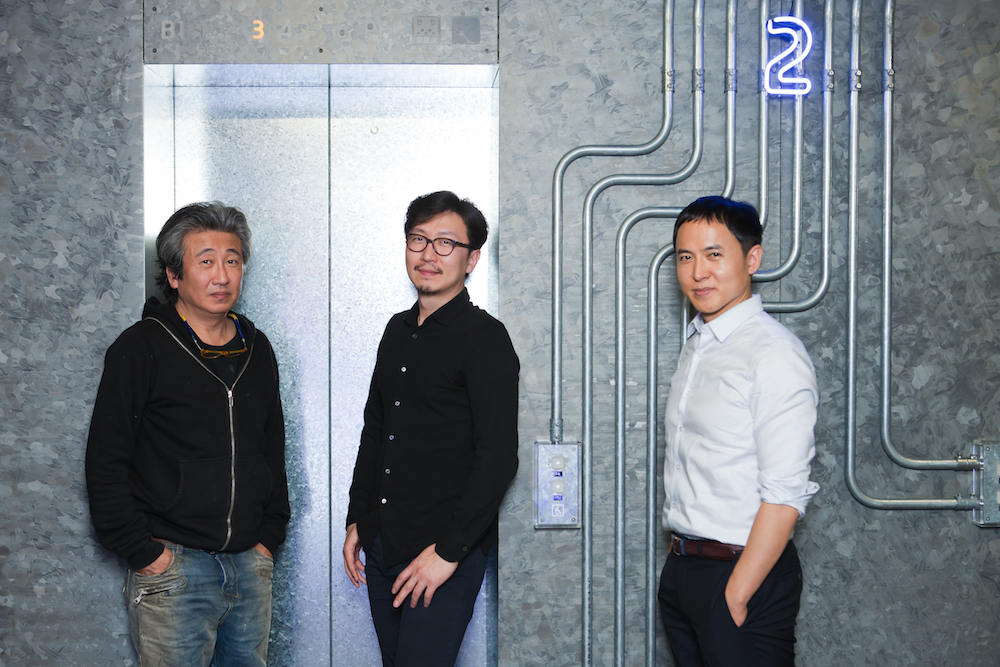Art World
Cody Choi and Lee Wan Will Represent Korea at the 57th Venice Biennale
The pavilion will present multi-generational perspectives on Korean identity in the face of globalization.

The pavilion will present multi-generational perspectives on Korean identity in the face of globalization.

Perwana Nazif

The 57th Venice Biennale has announced that the Republic of Korea’s National Pavilion will feature works by Cody Choi and Lee Wan.
Choi and Wan’s joint exhibition, “Counterbalance: The Stone and the Mountain,” will explore conflicts and dislocation percieved by the artists in contemporary Korean identity. It is commissioned by Arts Council Korea and curated by Seoul-based contemporary curator, Lee Daehyung.
“If a stone stands for the individual, then the mountain is the societal system in which they are lodged. Through the lens of this exhibition, individual struggles may prove analogous to those of the wider contemporary world,” said Daehyung in a statement.
Works by the Seoul-based Cody Choi will include an installation on the roof of the pavilion, Venetian Rhapsody, which will reflect on the display of global capitalism through neon signage. Other works include The Thinker, a reworking of Rodin’s famous sculpture made from toilet paper and Pepto-Bismol.
Choi’s works explore social identity and dislocation in a neoliberal, global economy. Influenced by his upbringing in an era marked by social tumult amidst Korean modernization, Choi, born in 1961, is part of a generation of Korean artists that explore Koreans’ relationship with the West regarding assimilation and individuality.
Lee Wan, born in 1979, is part of a younger generation of Korean artists examining the individual lives, traditions, and global cultural phenomena exploited and shaped by global power structures in countries all over Asia and beyond.

Lee Wan Made in Myanmar Gold. Courtesy of Leeum, Samsung Museum of Art
Works by Wan included in the Biennale will be an installation composed of 600 clocks entitled Proper Time, and an artifactual installation Mr K and the Collection of Korean History.
In this work, Mr. K is Kim Ki Moon (1936-2011), who represents the generation that dealt with major historical events such as Japanese colonial rule, the Korean War, the formation of the Republic of Korea, and the dictatorship of the 60s and 70s—all amidst the country’s economic growth and shift to democracy.